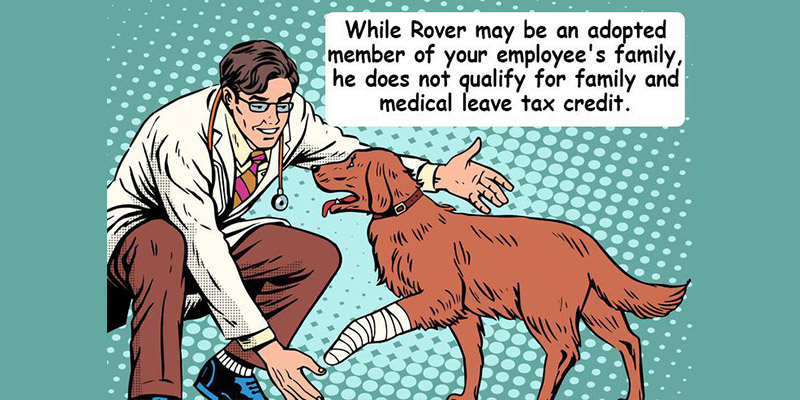When the Tax Cuts and Jobs Act was signed into law back in December 2017, it included Section 45S to the IRS Code which includes a credit for employers who pay for family and medical leave. The credit is a percentage of the amount of wages paid to a qualifying employee while on leave for up to 12 weeks per taxable year. The minimum percentage is 12.5% and is increased by .25% for each percentage point by which the amount paid to a qualifying employee exceeds 50% of the employee’s wages, with a maximum credit of 25% (for employers that pay 100% of the employee’s wages while on leave). A qualifying employee is one that has been employed for more than one year and for the preceding calendar year did not earn more than a specified amount. To claim the credit in 2018, the employee must not have earned more than $72,000 in 2017. This credit is only available for wages paid in 2018 and 2019.
In order to qualify for the credit, employers must satisfy these requirements:
- The plan must be in writing;
- Permit at least two weeks of paid family and medical leave annually to all qualifying employees who work full time (prorated for part time employees, and;
- The paid leave amount is not less than 50% of the wages normally paid to the employee.
While the definition of family and medical leave is the same as the federal Family and Medical Leave Act (FMLA), this tax credit is available to even small employers who do not fall under the requirements of FMLA. Leave for any of the following reasons qualifies for family and medical leave:
- Birth and caring for the employee’s son or daughter;
- Placement of a child with the employee for adoption or foster care;
- To care for the employee’s immediate family member who has a serious health condition;
- A serious health condition that makes the employee unable to perform their job;
- A qualifying demand due to an immediate family member being on covered active duty in the Armed Forces, or;
- To care for a service member who is the employee’s immediate family.
If the employer provides a paid time off for Vacation, Sick, PTO, or any other leave except for that specifically for the purposes stated above, that paid leave is not considered family and medical leave. In addition, any leave paid by a State or Local government or required by State or Local law will not be taken into account in determining the amount of the employer provided paid family and medical leave. There are now five states (California, Rhode Island, Washington, New Jersey, and New York) and soon to be DC that provide family leave laws. See our previous blog NY Implements Mandatory Paid Family Leave Policy
The IRS expects that to publish additional information that will address more details about the credit, for example, how to determine whether an employee has been employed for “one year or more” and the impact of State and Local leave requirements. Stay tuned.
While I make every attempt to ensure the accuracy and reliability of the information provided in this article, the information is provided “as-is” without warranty of any kind. PayMaster, Inc or Romeo Chicco does not accept any responsibility or liability for the accuracy, content, completeness, legality, or reliability of the information contained. Consult with your CPA, Attorney, and/or HR Professional as federal, state, and local laws change frequently.

